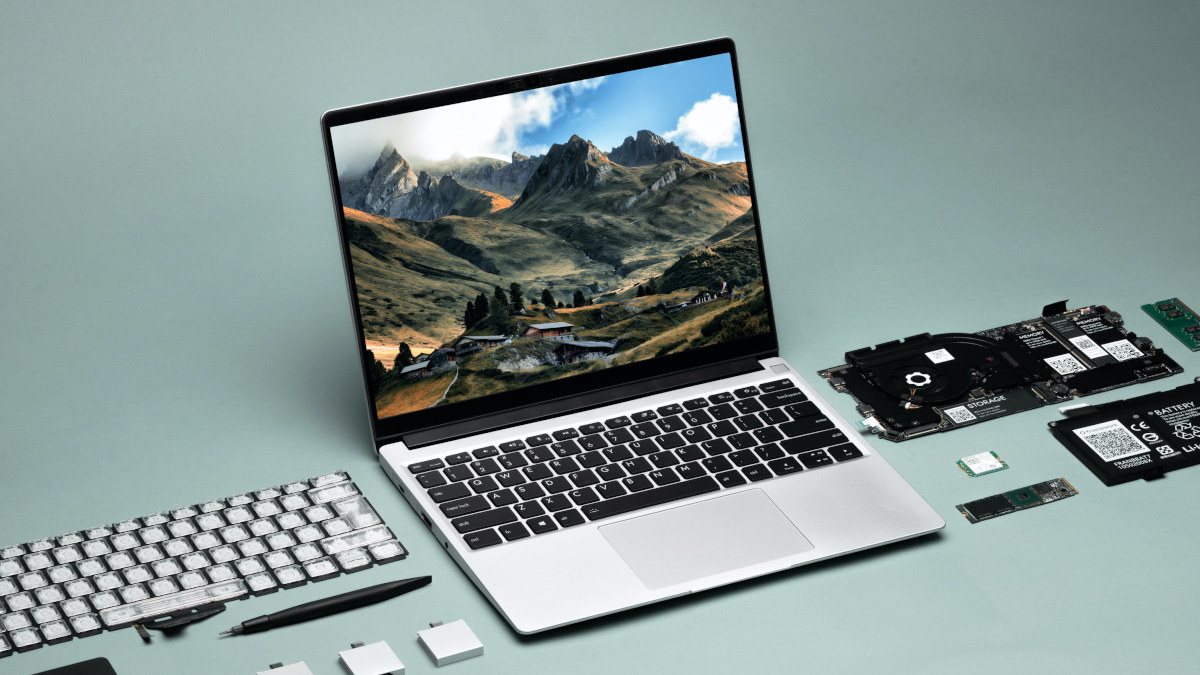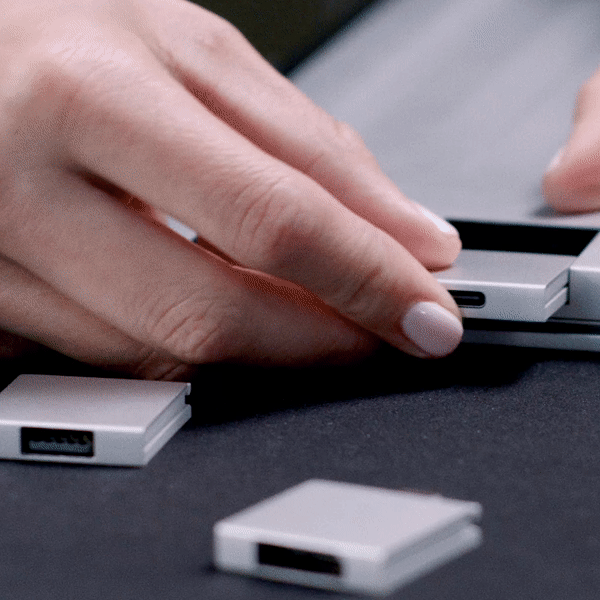Most laptops are not made to be serviced by the end-users or expanded. In the part of the world where I live, I still have a “warranty void” sticker if I open my laptop to add an M.2 SSD. There are very few laptops with full documentation and whose companies encourage users to update and modify the hardware.
Olimex TERES-I and MNT Reform 2 open-source hardware laptops do offer modularity, customization, and repairability, but they are based on low-power Arm processors and cater to a rather niche market. However, a new company called Framework is preparing to launch a modular laptop that is easily upgradeable and repairable with a more powerful set of features.
The Framework laptop is offered with a choice of 11th generation Intel Tiger Lake Core processor, up to 64GB RAM, up to 4TB SSD storage, a 13.5-inch display, a Full HD webcam, a 55Wh battery, and weight less than 1.3kg with a thickness of 15.85 mm.
Each laptop will also come with four bays compatible with the Framework Expansion Card system lets you select the ports via exchangeable USB-C modules offering USB-C, USB-A, HDMI, DisplayPort, MicroSD, “ultra-fast storage”, and more with a thicker USB to Gigabit Ethernet module also is the works.
You’ll also be able to replace the usual storage, memory, and WiFi module, as well as the entire mainboard to upgrade to a faster processor, the battery, screen, and keyboard. Laptops are not usually relying on socketed processors, so the complete motherboard must be changed. Each part will have a QR code that takes you to the relevant documentation on the company’s website. Framework will also release specifications and reference designs for the Expansion Card system under a permissive license to let the community design and sell their own expansion cards.
The Framework Laptop is offered with pre-configured models running Windows 10 Home or Pro, but the company also designed the Framework Laptop DIY Edition sold as a kit to let people customize and assemble the laptop themself and install Windows or a Linux distribution. All models will come with a screwdriver for assembly, upgrades, and/or repairs.
Current options available for pre-order include:
- $799 and up DIY Edition with an Intel Core i5-1135G7 processor, no memory, no storage by default. But this is configurable.
- $999 Base Edition with an Intel Core i5-1135G7, 8GB memory, 256GB Storage, WiFi 6, and Windows 10 Home
- $1,399 Performance Edition with an Intel Core i7-1165G7, 16GB memory, 512GB storage, WiFi 6, and Windows 10 Home
- $1,999 Professional Edition with an Intel Core i7-1185G7, 32GB memory, 1TB storage, WiFi 6 with vPro, and Windows 10 Pro
As expected the price of the modular laptop is a bit on the high side, but flexibility comes at a cost. Shipping is scheduled for this summer, and right now buyers just need to leave a $100 refundable deposit first. You can pre-order on Frame.work website.
Via Liliputing
[Update: Initially posted on February 26, 2021, and updated on May 14, 2021 for pre-orders with pricing information]

Jean-Luc started CNX Software in 2010 as a part-time endeavor, before quitting his job as a software engineering manager, and starting to write daily news, and reviews full time later in 2011.
Support CNX Software! Donate via cryptocurrencies, become a Patron on Patreon, or purchase goods on Amazon or Aliexpress







